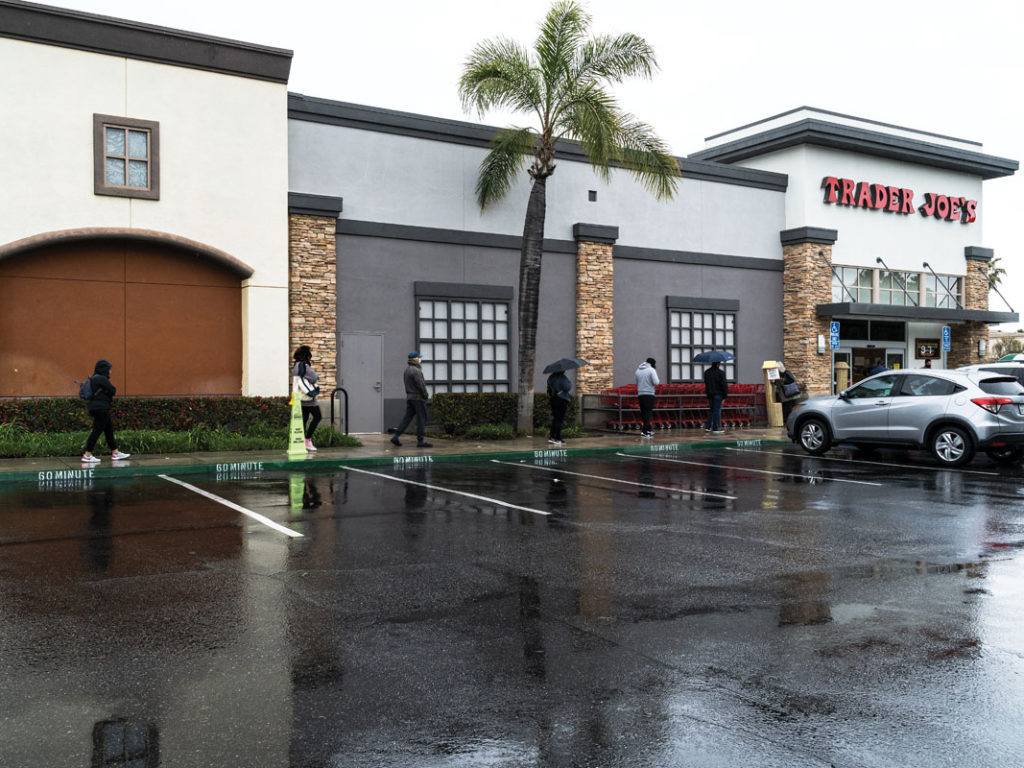
As the world continues to adjust to the COVID-19 pandemic, people have become acclimated to the many changes and challenges our nation faces. The imposition of social distancing and self-isolation has caused much stress for the American people while the unemployment rate only continues to increase. Many are anxious about how the economic and social damage may linger for years to come. However, even though we as a nation may desire to end this quarantine, the current plan for reopening the nation that is being thrown around is not what is best for the country.
President Donald Trump originally planned to let states begin reopening businesses, restaurants and other elements of daily life by May 1, 2020. Of course, the May 1 deadline was not reached. However, there is indication that some states may be opening in the near future. The decision to reopen is completely up to each states’ discretion, where governors will hold the bulk of the decision-making power, as the president resists a nationwide shutdown.
That being said, there are a host of issues that accompany a states potential reopening its economy and businesses. As stated by Dr. Kevin Campbell, “States should avoid one-size-fits-all solutions.” This phrase references the idea of utilitarianism, which is possibly the most problematic issue with reopening a state. Under the utilitarian philosophy, minority groups suffer so that the majority can benefit. The minority in this case would be the at-risk populations as COVID-19 disproportionately strikes minorities, the elderly, the poor and the immunosuppressed. This highlights the unpleasant moral implications of the plan where thousands of lives may be jeopardized in favor of the majority of the nation, an idea that is not only frightening to think about, but also a notion that goes against the very foundation of equality that this country has been built on.
Furthermore, it is still unclear how early a safe reopening may occur. Both government officials and medical professionals agree that states should only reopen once there is an overall reduction in the rate of new cases per day. Although the number of overall cases may have peaked at this time, the number has not yet fallen enough to warrant a reopening. Countries who have reopened, such as China and South Korea, have shown better success as they put more effort into reducing the number of cases before proceeding with a reopen. In addition, the vast majority of the American population, around 90%, has not yet been exposed to the virus, establishing a very high risk for another outbreak.
This high risk is also supported by experts whose models project a sharp rise in cases and deaths as states reopen. These projections, made by the Federal Emergency Management Agency, estimate about 200,000 new cases each day by the end of the month, up from about 25,000 cases a day currently. Not only is this problematic for society’s well-being, but this will also affect the economy of the nation. The largest cities that influence the country’s economic growth are unfortunately also those most affected by the outbreak. Therefore, reopening the country would be counterintuitive.
The lack of widespread coronavirus testing is another issue that makes reopening dangerous. Experts say that the current pace of testing needs to triple before the country can safely open back up. To make matters worse, we might not see a coronavirus vaccine for 18 months or more, which only increases the need for testing. In addition, health experts also say the country needs a robust program to trace the people who have had contact with infected people, similar to the one utilized by South Korea. The crisis of the shortages is another problem that must be addressed as the country needs more protective equipment for health care workers, and medical equipment for patients, including surgical masks, respirators, gloves, gowns and ventilators.
The novel coronavirus still maintains its impact on daily life in the United States and the world as a whole. However, even though these adverse times bring many challenges that the American people want to alleviate, doing so in haste would be ill-advised. It may not be the most favorable choice among the people, but continued social distancing is necessary in order to ensure that we as a nation do not face these circumstances in the future, as the pandemic could become far worse.







